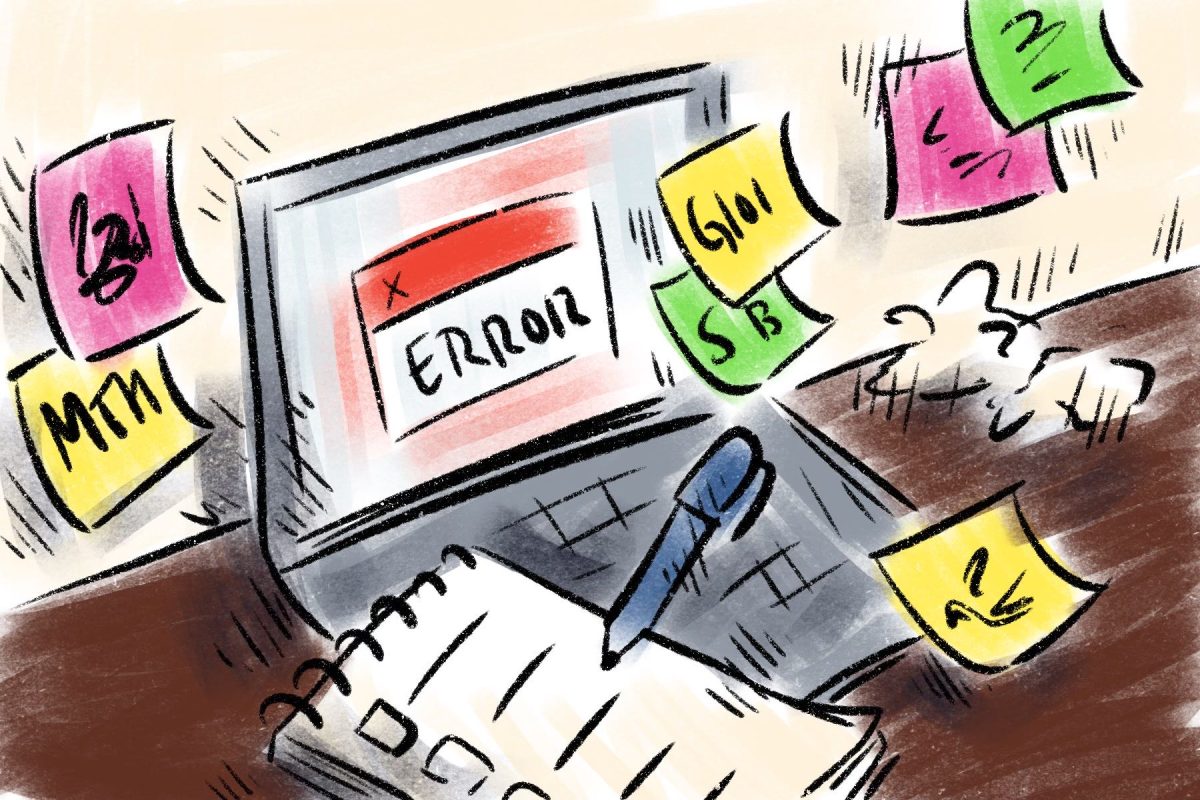For Alabama fans in Bryant-Denny Stadium, the worst moment during last Saturday’s Iron Bowl may have been when “Gangnam Style” played over the sound system.
The same day, the song’s music video became the most watched clip in YouTube history.
The Internet sensation tells us a lot about the world we can expect to live in, though, and it’s not all bad. UN Secretary General Ban Ki-Moon has even praised the song as a “force for world peace.”
Today’s college students have been living in an integrated, global economy for their entire lives. When we were kids, our Happy Meal toys came from China. Today, our iPhones do. Soon, more of the movies and songs we watch and listen to may come from overseas as well.
“Gangnam Style” represents the broader convergence of global cultures underway, beyond just the economic realm. Sure, Western European countries and the United States have long shared actors and movies, and American stars have become famous all over the world.
But we have never seen an American-esque hip-hop song produced by a Korean singer achieve such fame and attention. It is something we should expect to see more of in the future, as information technology gives more artists more platforms from which they can catapult themselves to international stardom.
This transformation will have profound implications for entertainment. Instead of confining ourselves to Western performers, cultural globalization will inevitably produce global personalities in music and film.
This may seem threatening to Americans accustomed to having American entertainers at the center of the entertainment industry. However, foreign entertainers will succeed most by emulating their peers in the United States. We shouldn’t fear the convergence of global cultures when our culture is driving the convergence.
The end result will be more talented entertainers capable of producing more high-quality entertainment. “Gangnam Style” also reminds us of the impact information technology has had on entertainment. YouTube isn’t just a way for performers to connect with audiences in the United States; it allows performers anywhere to connect with viewers everywhere. Much of the traffic driving “Gangnam Style” is undoubtedly from other countries, making it a truly global phenomenon. There are other examples. Among the nine next-most-viewed YouTube videos, one features Canada’s Justin Bieber, one features Columbia’s Shakira, and one features Brazil’s Michel Telo.
“Gangnam Style” may not seem like the best representation of how globalization is changing cultures, but it offers a window into the future, especially as it relates to the media and entertainment. As millions of people laugh and re-watch the video, it may also truly serve as a force for world peace. After all, why fight people who dance and laugh at the same things we do?
At the very least, we can expect videos with such widespread popularity to continue to transcend national borders and pull international fan groups together.
In the meantime, with “Gangnam Style” already the most played YouTube video of all time, do we really need to listen to it in Bryant-Denny Stadium?
The video may offer many relevant insights for the future, but the song has been played enough.
Tray Smith is a senior majoring in journalism. His column runs on Thursdays.








